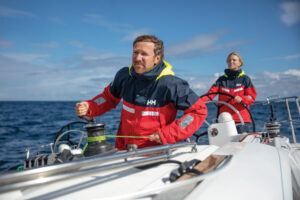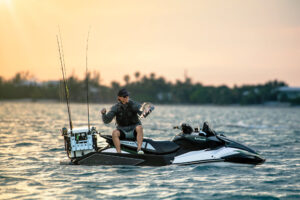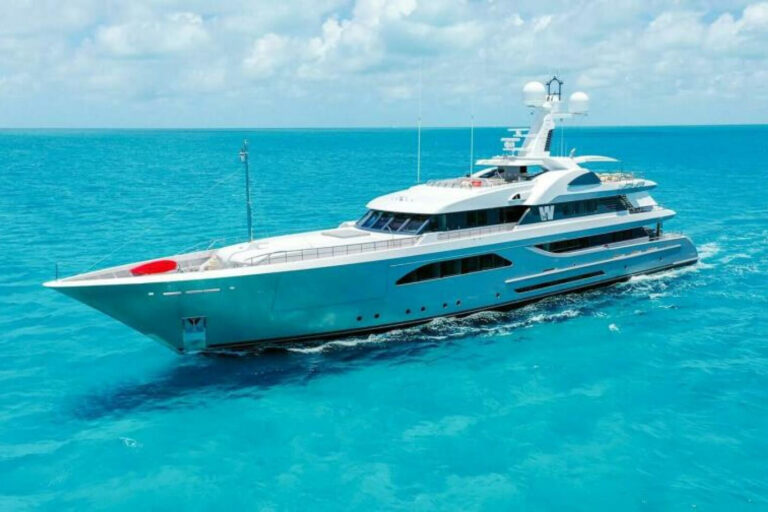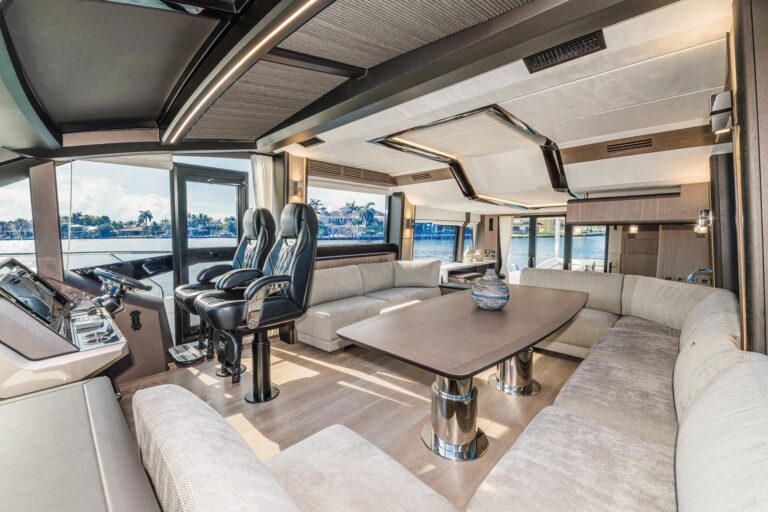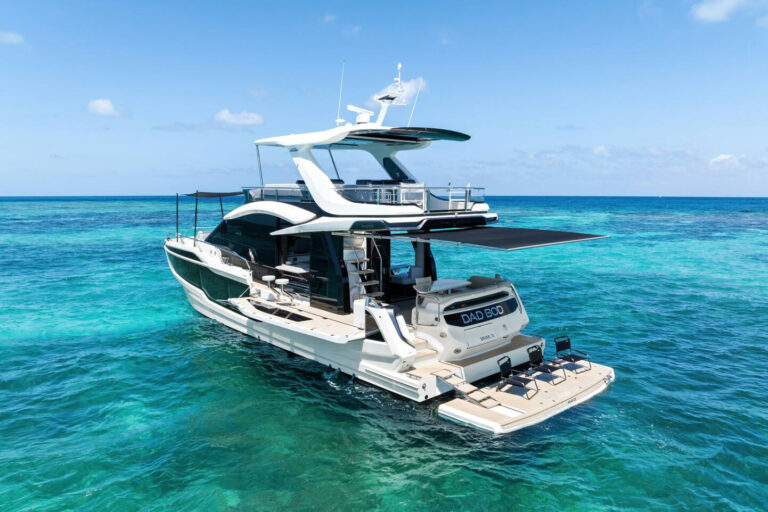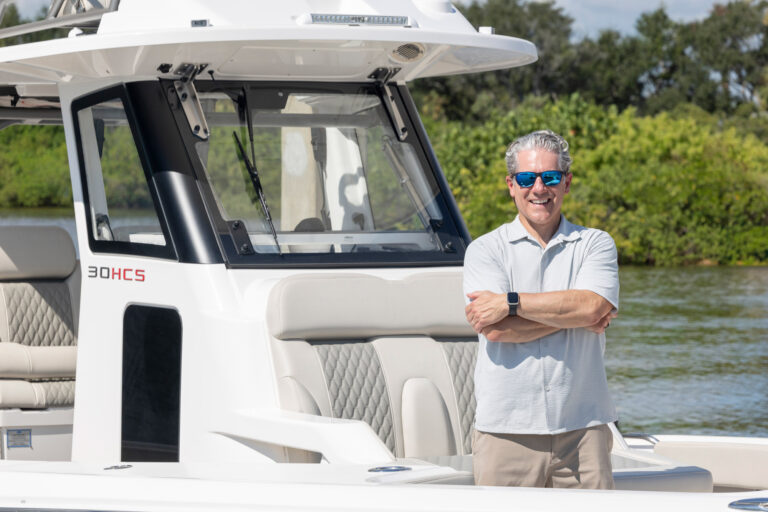When I saw the car’s vehicle identification number, clear enough to read, I knew I had a use for VideoRay. The image on the monitor came from deep beneath the surface of a lake, where the car had come to rest, as cars sometimes do when ice proves too thin. VideoRay, a swimming video camera, had touched down on the car’s hood, allowing its lens to focus on the VIN behind the windshield.
I was standing on a trade show floor in Florida, watching a demonstration video, but my mind was drifting half a world away to Sicily, to the Gulf of Catania. On July 13, 1944, a U.S. Army Air Forces C-47 heading to Sicily with a dozen British paratroopers was raked with flak. The plane veered out of control and crashed into the gulf. My father, the radio operator, was the only person aboard not killed or wounded. As water seeped into the aircraft, he helped the heavily loaded Red Devil paratroopers out, helped them with their life vests and tied them together.
He climbed back into the plane. As the C-47 slowly sank, he tapped out a distress call in Morse code until the water came over his waist. He then made his way to the cockpit and pulled the wounded co-pilot out through an escape hatch as the plane slid beneath the waves forever. A Greek coastal freighter responded to the radio call, but my father thought it was an Italian ship, the enemy, and started swimming to avoid capture.
Luckily for future me, the Greeks gave chase once they got the wounded aboard. Dad refused to give up, repeatedly swimming at right angles away from the slow turning freighter, but eventually the patient Greeks coaxed this adrenaline-crazed airman aboard. Only then did he realize he had been rescued.
In my mind, I’m at the crash site 57 years later. I’m on a boat, driving the VideoRay by cable control, hand on joystick, staring into a monitor. I’m steering toward the distinctive outline of a C-47 200 feet below. This remote-operated vehicle, or ROV, is small enough to fit in a breadbox, so it’s able to enter the cockpit through the same escape hatch. I maneuver VideoRay past the remains of the pilot, back to the plane’s radio station. And there it is: the brass key with which Dad tapped out the distress call that saved a dozen soldiers and earned him a medal.
To VideoRay’s Bob Christ, my imagined visit to this personal war memorial was not far-fetched at all. He had just performed a complex incursion into the belly of the USS Arizona, sunk by Japanese naval aircraft on Dec. 7, 1941. It was the first glimpse inside that war memorial since the “date which will live in infamy.”
VideoRay figures prominently in a National Geographic documentary on the Arizona that was to be aired in May, coinciding with a spread in National Geographic magazine. This attention also anticipates release of the Disney movie “Pearl Harbor,” scheduled to premiere on Memorial Day.
Christ spent an hour and a half at the Miami International Boat Show describing in dramatic detail “driving” VideoRay through the bowels of the Arizona, seeing what no human eyes had seen for 60 years.
Christ (rhymes with wrist) maneuvered VideoRay from the remote helm station, which was set up in a small room in the Arizona Memorial, a building straddling the sunken battlewagon. The controls were connected to the sledlike ROV by cable, a tether that carries motor and helm commands to VideoRay while bringing back live video. Christ was not alone in the room. Along for the ride were representatives from the National Park Service, National Geographic and an Arizona survivor named Jack, whose presence added some somber emotional ballast.
“Where portholes were closed, there was very little decay inside a cabin. With the portholes open, there was silt,” Christ said. “On one of those that (portholes) were closed, we were able to get in. There was a roll-down desk. I took the ROV down and set down real gently on that. You could actually read diagrams on papers sitting on the desk since 1941.”
One of VideoRay’s missions was to determine the condition of the wreck and find the source of the leak that continues dribbling fuel oil to the surface, like blood from an iron carcass. The ship had been topped off just two days before the attack, and National Park officials worry about the possibility of environmental disaster. A human incursion might endanger the divers or disturb the wreck, a war grave for 1,400 Arizona crewmen killed in the attack.
“We were able to go down and conduct this survey in a non-invasive way,” Christ said. “We went down one of the manholes two decks, over, down back through a rust hole and then down to the fuel decks… You could see all the oil sitting on the ceiling.”
Vehicle Depth rating: 0′-250′ Speed: 0-2 knots Dimensions: 14″ x 9″ x 8.5″ Weight: 8 lb. Housings: Anodized aluminum Temperature range: 32-122 degrees F Operating voltage: 48 VDS
Thrusters Horizontal: 1 port, 1 starboard Vertical: 1amidships
Lights 2 halogen: 1 port, 1 starboard
Camera Color: CCD Resolution: 350 lines Min. illumination: 5 lux
Tether Length: 250’0″ Diameter: 0.4″
VideoRay is a direct descendant of a device to inspect nuclear power plant cooling systems. Christ’s company took the design and re-engineered it for the consumer market. Customers include the U.S. Navy, which uses it for routine hull inspections and counter-terrorist patrols; and fish farmers, for inspecting underwater fencing.
Most recently, Christ drove VideoRay in a search for clues to the arson that destroyed a cabin cruiser belonging to President Bush. The ROV explored the depths of Lake Travis, Texas, and recovered “items of possible value to the investigation.”
It is only a matter of time before VideoRay’s qualities come to the attention of recreational boaters, particularly its compact size and modest cost. Besides diving on wrecks of all sorts, yachtsmen can tour coral reefs, perform hull and prop inspections and retrieve that occasional Rolex dropped over the side. (Just slip one of the runners through the band and aim for the surface.)
As charter yachts continue to add all manner of playthings to their luxury arsenals (“Game Theory,” March), one can expect VideoRay to become a common accessory. Tom Cruise and Nicole Kidman showed the way when they bought a VideoRay to explore sunken Greek ruins a year before their relationship suffered approximately the same fate.
Parents can surely imagine the rainy day potential: “Why don’t you kids play with the ROV for a while? Whoever finds the most starfish wins.” Price: VideoRay 2000, $11,495; VideoRay Pro, $13,495.
VideoRay, (610) 458-3000; fax (610) 458-3010; www.videoray.com.

